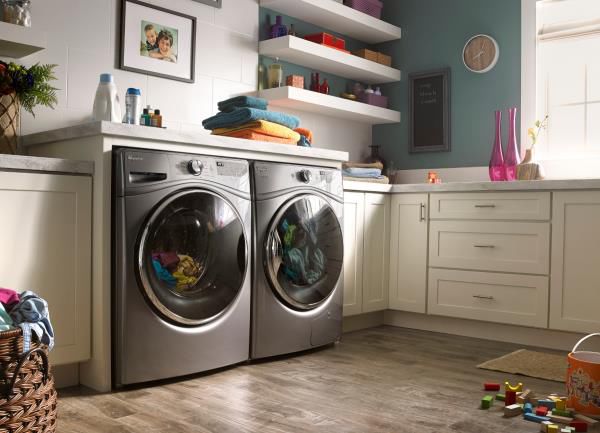
(StatePoint) If you are looking to be more energy efficient at home, you are in good company. Consumers nationwide are looking for new ways to reduce their energy use in their single-family homes, condominiums and apartments because using less energy helps save money and builds a more sustainable planet.
Fortunately, great strides have been made in efficiency for major appliances that would have been unimaginable decades ago.
One noticeable exception, until recently, has been clothes dryers. In 2012, the average electric clothes dryer used almost as much energy annually as the average refrigerator, dishwasher and clothes washer combined, according to a report from the Natural Resources Defense Council.
Here are a couple of things to consider that can help you select a sustainable dryer that also fits the design of your home.
Review Ratings
The most respected guide for sustainability in appliances is the Association for Home Appliance Manufacturers (AHAM) Sustainability Standards. Before making its ratings, AHAM considers a broad range of product attributes, including energy and water efficiency, manufacturing and materials. AHAM just started providing standards for dryers. To check its free rating and review other resources, visit aham.org.
Consider Ventless Dryers
This relatively new type of dryer is changing the energy efficiency equation. Ventless dryers recycle air within the unit, and offer an ideal way to help reduce energy consumption. They are also gentle on clothes, because they don’t heat the air as much as a traditional dryer.
There are two types: condenser and heat pump. The most efficient are the heat pump dryers, which use a refrigeration system to dry and recycle air before returning it to the drum. Consumers can choose from two Whirlpool brand dryer sizes that range from a compact model to a 7.4 cu ft HybridCare True Ventless Heat Pump Dryer.
Ventless dryers have another major benefit. They can fit into spaces beyond the laundry room — such as closets in condominiums and apartments — because there’s no need for a vent, just an electrical outlet. With many home designs moving from traditional layouts with a laundry room to open designs, this allows a washer and dryer to be placed virtually anywhere in the home.
The future of sustainability is often more simple than we envision. While smart technology sparks the imagination, valuable innovations will focus on the tried-and-true benefits of making appliances energy and water efficient, while maintaining a standard of high quality. Energy efficient solutions can not only meet expectations of resilience and sustainability, but also provide more options for homeowners and multifamily dwelling residents.






